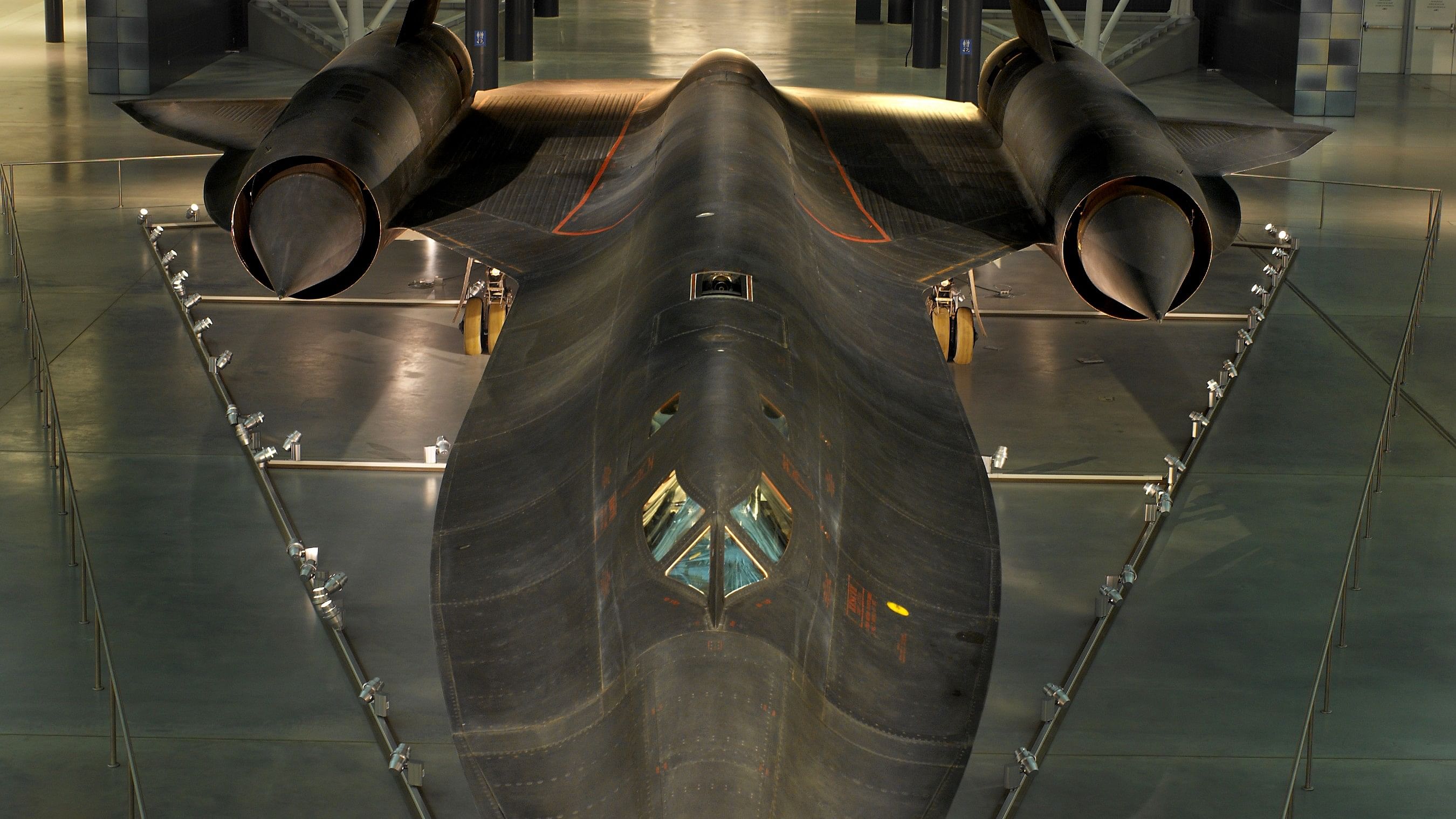
Lockheed Blackbird.
Credit: B S Arun
The National Air and Space Museum should be your next destination if you are an aviation and space enthusiast, or even if you are not, but are visiting the USA. There are two such museums, one in Washington DC and the other in nearby Virginia. I visited the latter, called the Steven F Udvar-Hazy Center, named after the Hungary-born American aviation billionaire, and situated in Chantilly of Fairfax county, Virginia, near Dulles International Airport. Put together, the two museums, managed by the Smithsonian Institution, are said to showcase the world’s largest collection of aircraft and spacecraft of historical significance and related artefacts. The museum houses close to 200 aircraft and covers everything from the early history of flight to the Space Race and moon landings. One would be awestruck looking at the marvellous metal birds as well as the astounding display of space objects — rarely available even for a look-in for anybody.
Iconic & historic
On display in the 17-acre Fairfax facility, opened in 2003, are some of the iconic aircraft and spacecraft that are part of the world’s history. As you walk in and go beyond the lobby onto a platform, you can see a number of aircraft on both sides propped up on the ceiling as if they were in flight. It is a different feeling to see aircraft hung from the ceiling — there are many such that are erected from the roof at this rare museum. Thanks to the skywalks, visitors can take a look from close proximity.
The museum is divided into two parts as regards the exhibits — the aircraft section and the spacecraft section, and their related items. Mind you, the two sections can intimidate you as you get to see a bomber or a fighter jet right in front of your eyes!
The aviation hangar consists of commercial, military, business, sports, ultra-light aircraft, and those that participated in World War II. On display in the first section are some of the aircraft that have entered history books — the Enola Gay — the Boeing B-29 Superfortress which dropped the first atomic bomb on Hiroshima in Japan in WW II; the Northrop Grumman B-2 Spirit bomber, Lockheed SR-71 Blackbird, the fastest jet in the world, to name a few. You will also be introduced to some of the oldest aircraft in the world including the pre-1920 vintage, like the 1903 Wright Flyer. Also on display are helicopters, and a number of non-commercial, non-business and non-military flights such as hang gliders, fly gliders, sailplanes etc.
The museum also fulfilled my ambition of many years — to have a close look at the Concorde plane, a plane that I never flew in. The supersonic, wingless aircraft that operated at a top speed of 2,179 km per hour, having a range of 7,223 km, made its maiden flight in 1969 and was retired in 2003. Built jointly by aircraft manufacturers in Great Britain and France, the aircraft flew to different cities of the world. It was the first major cooperative venture of European countries to design and build an aircraft. But then, the high costs, declining profits, the aircraft’s noise levels etc., resulted in a reduction of its operations. Eventually, the Concorde saw its last flight by Air France in May 2003 and by British Airways in October 2003. Only 14 of the aircraft had actually gone into service.
On to the Final Frontier, the space
In the space hangar, one can see the massive space shuttle Discovery. This workhorse of the shuttle fleet had to its credit more launches than any of its kind. Discovery, the third space shuttle orbiter vehicle to fly in space, entered service in 1984. When it was retired in 2011, it had flown 39 earth-orbital missions, spent a total of 365 days in space and travelled almost 240 million km. It shuttled 184 men and women into space and back, and as many flew more than once. Its total crew count was a staggering 251. Its last foray was its 133rd space mission.
At the museum, also on display are hundreds of artefacts that include missiles, engines, rockets, spacesuits, uniforms and others such as documents, manuscripts, balloons, artwork, photographs etc. Here, satellites hang from the ceiling. The astronaut uniform on display includes the space suit (which weighs 84 kg), helmets, gloves, shoes etc.
An interesting display is the Hornet+3 which is the Mobile Quarantine Facility (MQF), one of the four built by NASA for astronauts returning from the Moon. As per the note displayed next to the MQF vehicle, the latter’s purpose was to “prevent the unlikely spread of lunar contagions by isolating the astronauts from contact with other people”. Hornet+3, which looks like a vehicle, contains a conference room, living and sleeping areas, kitchen, and bathroom.
The air pressure here was kept lower than the pressure outside by filtering the air vented from the Facility. Hornet+3 was used by Apollo 11 astronauts Armstrong, Aldrin and Collins immediately after their return to the Earth. They remained in this vehicle for 65 hours and were allowed to emerge from isolation once it was confirmed that they were not infected with ‘moon germs’.
